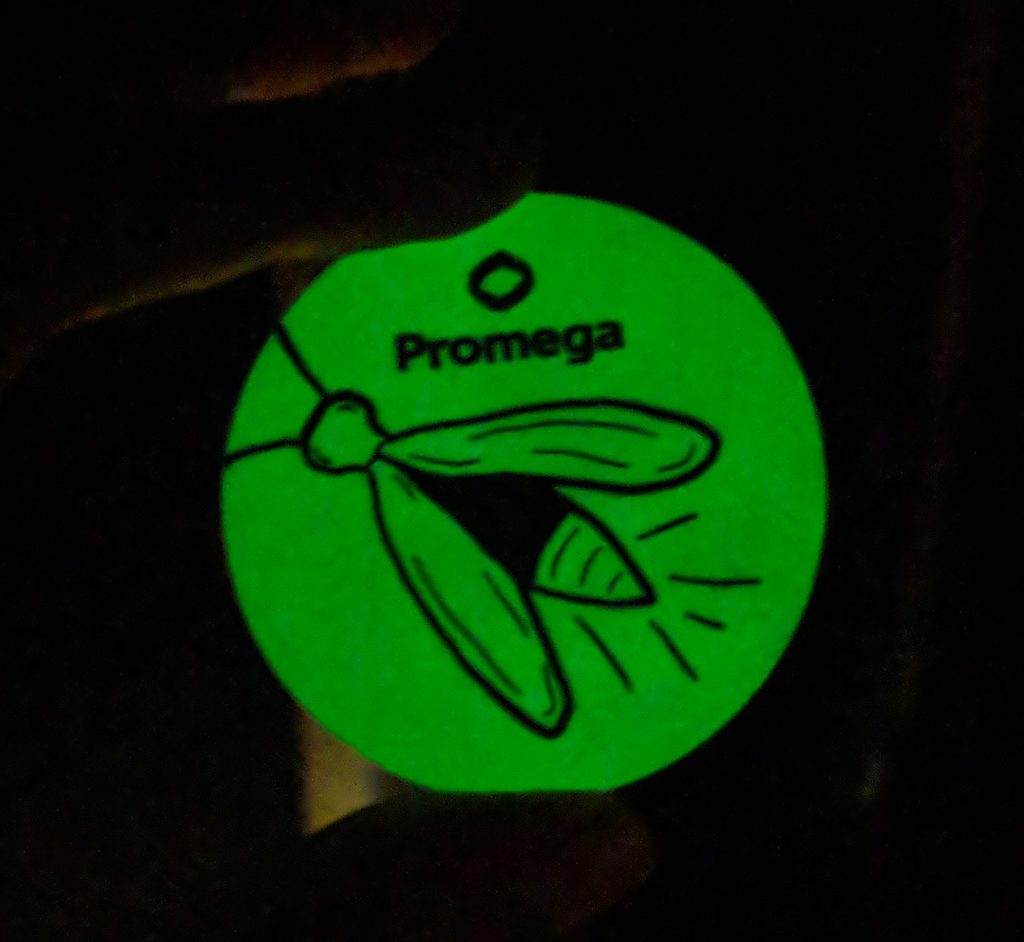There is no shortage of stories about great scientific collaborations that have taken root as the result of an excited conversation between two scientists over sandwiches and beer at a bar or a deli. One of the most famous examples of such a conversation was that between Herbert Boyer and Stanley Cohen when they attended a conference on bacterial plasmids in 1972—that very conversation led to the formation of the biotechnology field as the two scientists worked together to clone specific regions of DNA (1).
“Over hot pastrami and corned beef sandwiches, Herbert Boyer and Stanley Cohen opened the door to genetic engineering and laid the foundations for gene therapy and the biotechnology industry.”
Steven Johnson, author of Where Do Good Ideas Come From, credits the English coffee house as being crucial to the spread of the enlightenment movement in the 17th and 18th centuries (2). He argues that coffee houses provide a space where ideas can come together and form networks. In fact, he defines the concept of “idea” not as a single entity—a grand thought that poofs into existence upon hard work—but at its simplest level, a new idea is a new network of neurons firing in sync with each other.
Johnson further argues that the development of great new ideas not only requires a space for ideas to bump into each other, connect and form a network, but also that great ideas are rarely the product of a single “Eureka” moment. Rather, they are slowly developing, churning hunches that have very long incubation periods (2).
Science is Ripe with “Coffee House” Discoveries


